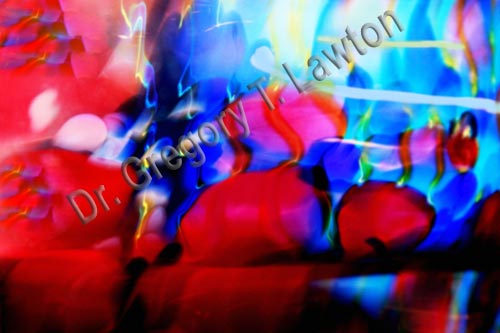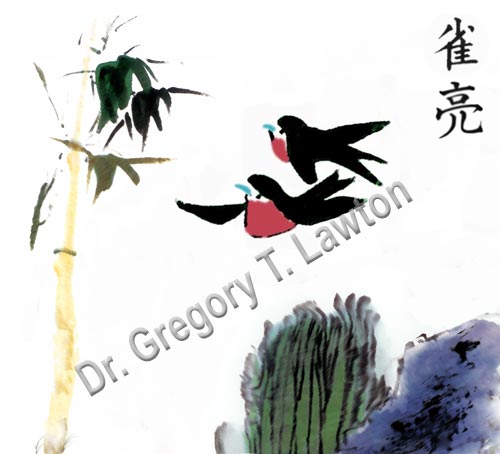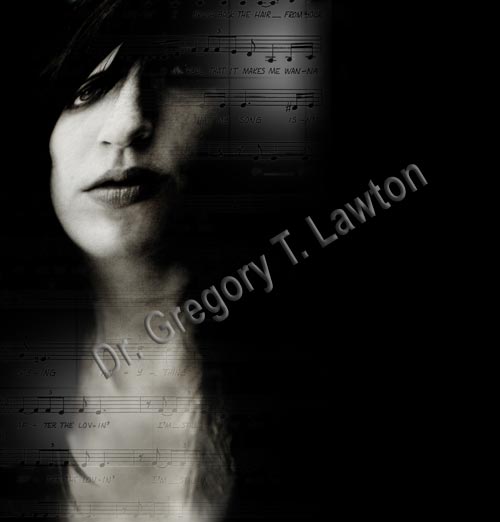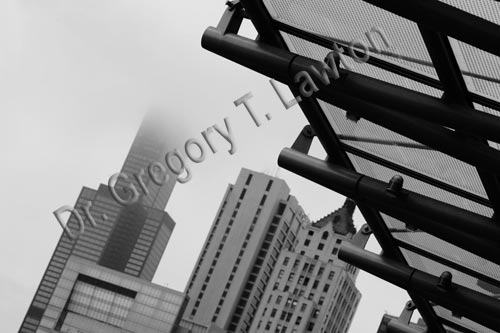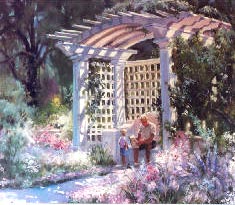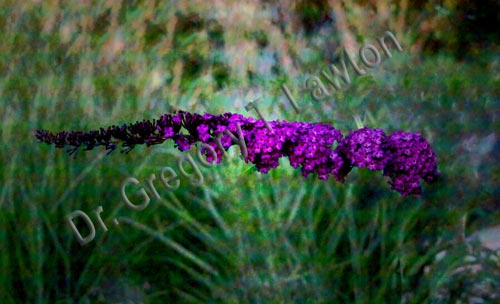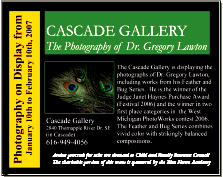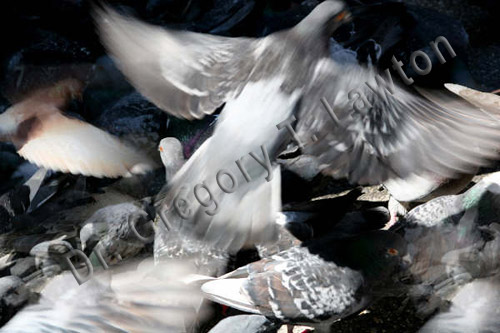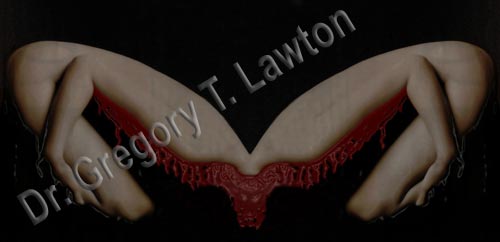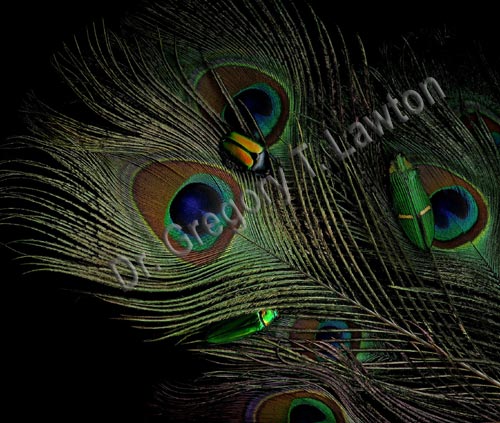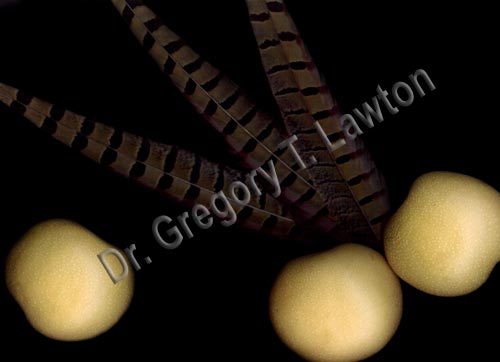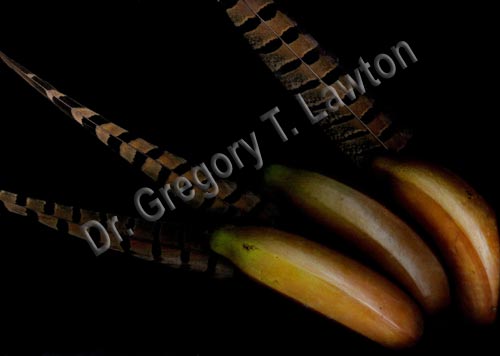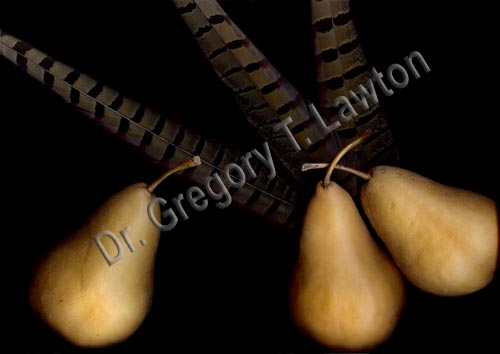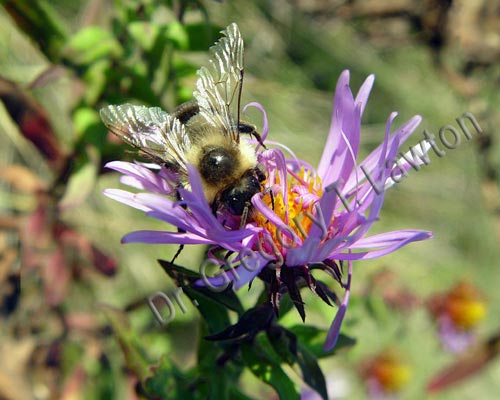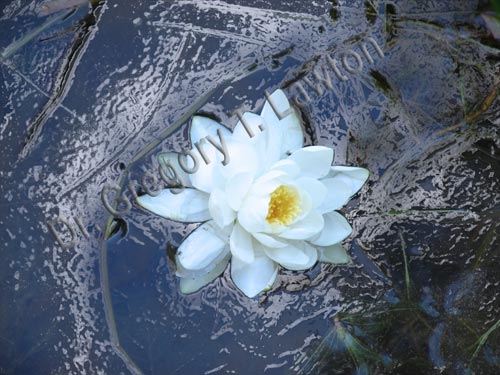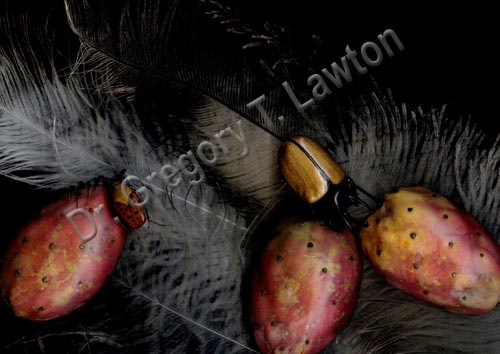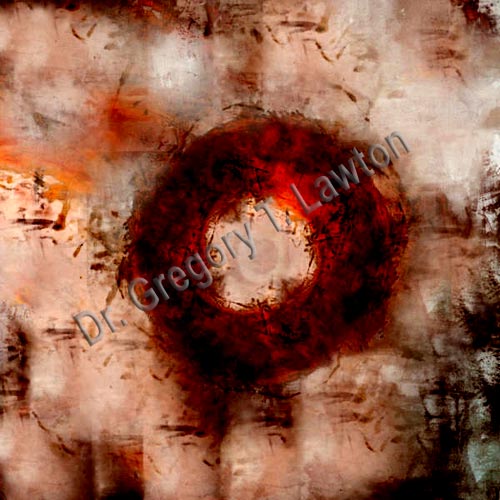 |
| A b o u t T h e P h o t o g r a p h e r D r. G r e g o r y T. L a w t o n |
||
|
About the Photographer - Dr. Gregory T. Lawton I began my artistic career with a pencil and a piece of paper and proceeded to move through many artistic venues, although I most enjoyed pen and ink in the tradition of Aubrey Beardsley, whom I attempted to emulate. For anyone that is attempting to categorize my photography, good luck! I visit every type of photography from still life, to portraiture, landscape, nature, and travel, and whatever else gets in front of my camera lens. Recently I have been working with an hp psc 3210 scanner and creating still life artistry without the benefit of a camera at all. My favorite camera is an old Canon FTb with a 50 or 52 mm zoom lens. One method that I use is to scan the film negative with a PrimeFilm 1800u negative scanner and then artistically enhance the image in Adobe Photoshop CS2. I tend to agree with the photographer that said, "What difference does what kind of camera I use make, any more that what kind of brush an artist uses, what kind of piano a musician plays. This doesn't make any more sense that thinking that a certain brand of typewriter will make you a better author." Photography is in the eye, and heart and the soul and the camera is the flute through which the music of light flows. About my understanding of the purpose of art and photography - The Dance of Light It begins with light. Whether you are an artist or a photographer - art is a reflection of creation and creation is light. The artist sees light, perceives it, embraces it with the faculties of creativity and imagination and through the marvelous instrument, the human hand, translates light perceived into light captured in paint and on canvas. The photographer shares this same sacrament with the artist and captures reflected images in a box and on the "flypaper" of light, a film negative or a silicon sensor. When I began photography there was a negative connotation to photographers who used digital cameras and who processed their images digitally. Now digital photography and art are both commonplace and mainstream. Indeed any film image that is viewed on a computer or transmitted electronically has been scanned into a digital image and most likely manipulated in some manner. We already have given birth to a new generation of photographers who have never used a film camera. Light comes to us as a photon particle that produces color according to its wavelength and reflective quality. It is the reflected photons that collide with the retina in our eye that generate impulses that are understood by our internal organic computer, the brain. How different is this natural process of vision and perception from the digital camera and computer photography and art of today? Art is mimicry. We are observers of nature and existence, not its creators. Art can be defined as a search for understanding of the purpose and reason of our existence and as such art does not differ from religion, philosophy, or the voice of the poet. We live in an age of light and at a time when light is transmitted through digital devices that are commonplace to daily life. Our music, our phones, our television and our computer signals are bits and bytes of packets of light and energy. As a photographer I can travel with my "artificial eye," my camera and I can capture images of light which will be processed on my computer or I can sit at my computer and I can "paint" and create anything that I can imagine directly through a digital pen on a tablet and it appears as a digital image on my computer screen. The image below, Ruby's Song, is an example of our ability to "paint" and to create directly from our mind and heart, to the computer screen.
The true purpose of art is to uplift the human soul on the wings of inspiration. As sculptors of light we use the tools that capture, shape and mold light into the forms and representations that best accomplish this noble purpose. When we gaze far out into the universe, we see the vast and infinite arrays of light, light moving within the eternal dance of light. Our search is for meaning and it is appropriate that it is through the study of light that we hope to understand ourselves. Breathe and Create I cannot imagine a single day without creating... Years ago I read a book about the Inuit that discussed the Inuit philosophy related to creating art. The Inuit believe that creating art is a natural part of life and their word for creating has the same root origin as their word for breathing. Therefore, creating art is as natural as taking a breath. I could not agree more. Not infrequently I am asked the common question "What do you do for a living?" I never quite know how to answer this question. What do I do for a living? For a living I attempt to do things that promote life! I create. I create businesses and jobs, I write and publish books and educational materials, I teach and run a school, and I create art and photography. Of the over one hundred educational materials that I have written there is one little book called Scent of a Forgotten Flower that is not only my favorite, but if everything else that I have created was destroyed I would be happy if this one book survived. In the beginning of Scent of a Forgotten Flower I talk about all of the people that have shaped my life, often in ways that I was completely unaware of at the time. Scent of Forgotten Flower is a small collection of thoughts and ideas that I have learned over the course of studying eastern philosophy, religion and the martial arts. One of my teachers was the famous Chinese Calligrapher and artist Professor Huo Chi-kwang. Professor Huo was a 16th generation calligrapher and a friend of Pablo Picasso with whom he traded his art. Professor Huo taught that the purpose of life is to acquire virtues and higher attributes through long, difficult, and dedicated study of the healing, martial, literary, and fine arts. He taught that the study of these arts was the path to excellence and becoming a noble human being. It was Professor Huo that set me on the path of artistic endeavor. Here is one of my attempts at emulating my teacher, Professor Huo.
However, I have always had a problem following good advice! I have not been able to limit myself to a niche, and I have continued to explore all aspects of photography from architectural to portrait. What I have done with Mr. Saper's advice is to develop concepts around a single theme. The Feather and Bugs project is one example but I have also developed concepts around black and white portrait images and jazz lyrics. The image below is an example of this effort.
All proceeds from the sale of my work are donated to charity. Gallery News: On - the - Town Magazine The Doctor is in at the Cascade Gallery Taking the time By Katerie Prior When painter Georgia O'Keefe won acclaim for her enlarged close-up paintings of flowers, she attributed her success to her ability to take the time to closely examine things, "Nobody sees a flower," she said. "Really, it is so small. We haven't time-and to see takes time, like to have a friend takes time." Even though O'Keefe's paintings are widely recognized years after her death, her comment unfortunately is still true. The world moves too fast for most people to stop and look around them. Perhaps that's what makes the new exhibit on display at the Cascade Gallery, so unique. This series of still life photographs and digital work by artist Dr. Gregory Lawton mixes beetles, feathers, fruit and other objects to depict a world that we see little of. What a world it is. In Lawton's composition, the viewer doesn't just see a feather. The composition guides the eye along thin gossamer tines that compose an onyx colored feather. We don't just see the exoskeleton of a bug. Lawton captures intricacies, like the iridescent shine of the beetle's wing. For Lawton, getting this close isn't just a creative exercise - its almost spiritual. "Art is a reflection of creation, and creation is light," Lawton said, "The artist sees light, perceives it, and embraces it with the faculties of creativity and imagination." Lawton became interested in photography in the 1990s when digital photography and photo editing software became popular. While he had experimented with pencil and brush since the 1960s Lawton a Chiropractor, instructor, and founder of the Blue Heron Academy of the Healing Arts and Sciences, started to seriously consider photography when he need to hire a photographer for the cover of a medical book he had written. "I began to think, Hey, I can do that,' and I'm arrogant to think I could do it better" he joked. Since then, Lawton has developed a diverse and beautiful portfolio. "I'm basically a lazy artist," he said. "I can walk around with a camera and take photos much easier than I can carry an easel, canvas, and paints. I'm constantly looking for new environments. The camera makes you yearn to be out shooting images." These images have appeared in numerous juried competitions in the area and garnered awards from the Grand Rapids Art Museum, West Michigan PhotoWorks, and the Muskegon Museum of Art. The exhibit at the Cascade Gallery is the first of hopefully many for Lawton. But he doesn't expect to become rich from photography. In fact, anything that Lawton earns or wins from his artwork goes directly to charity. "It's the only reason I do it," he said, "I give the work for fund-raisers or contests that raise money." The exhibit at the Cascade Gallery is no exception. This show will raise money for the Child and Family Resource Council, a nonprofit agency that provides services to protect children from abuse and neglect, support families and strengthen the community. To celebrate the opening of this exhibit, an artist reception has been scheduled for January 11th with jazz vocalist Ginny Dusseau and the Dave Collee Quartet performing selections from the group's new CD, I Thought About You. While the exhibit will surely raise money and bring more attention to Lawton, he simply hopes to get visitors to the Cascade Gallery thinking. "You're trying to communicate to people and you hope they react or feel something." Lawton said, "But what is essential is that my work uplifts people and to promote peace. To me, that's very satisfying." Georgia O'Keefe would be proud. The Photography of Dr. Gregory Lawton Cascade Gallery
Awards and Accomplishments: Regional Arts Exhibition, The Grand Rapids Art Museum
|
© Dr. Gregory Lawton All rights reserved Home Email Buy Now
